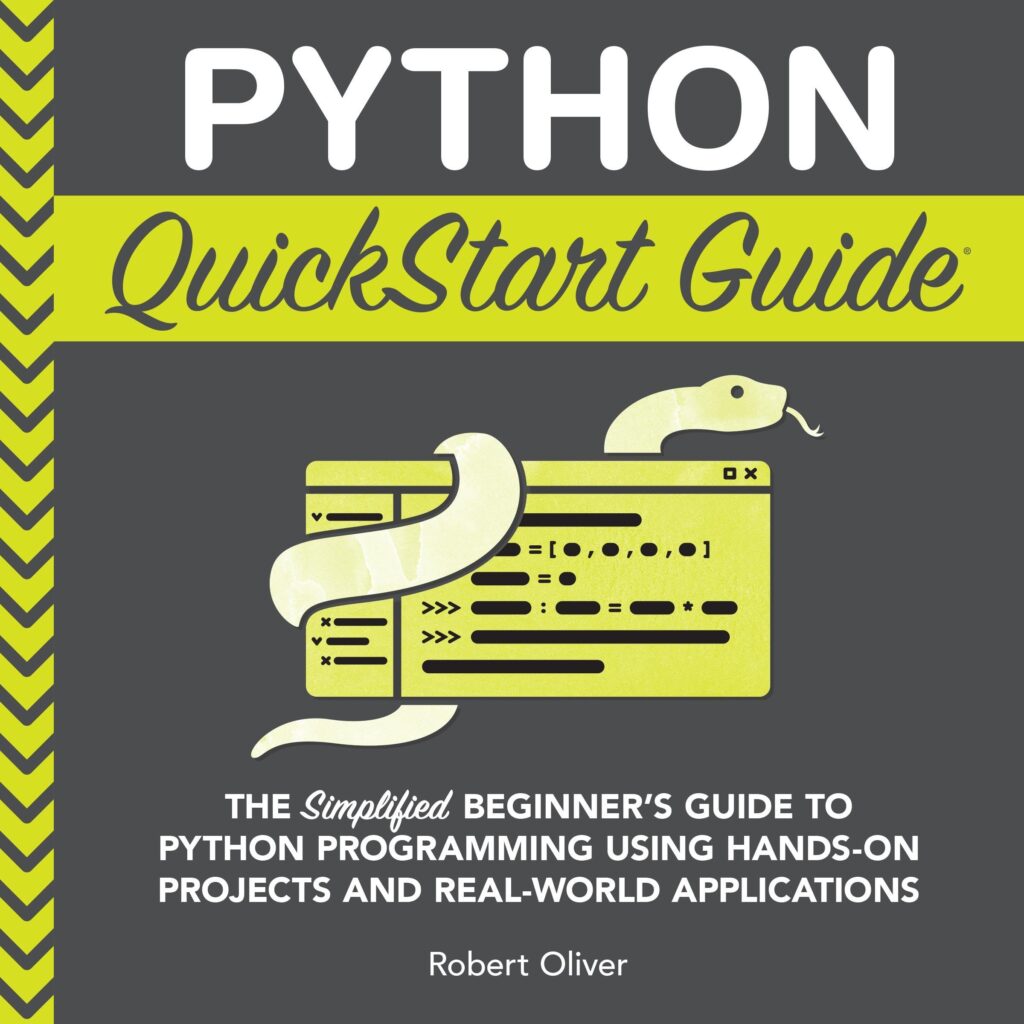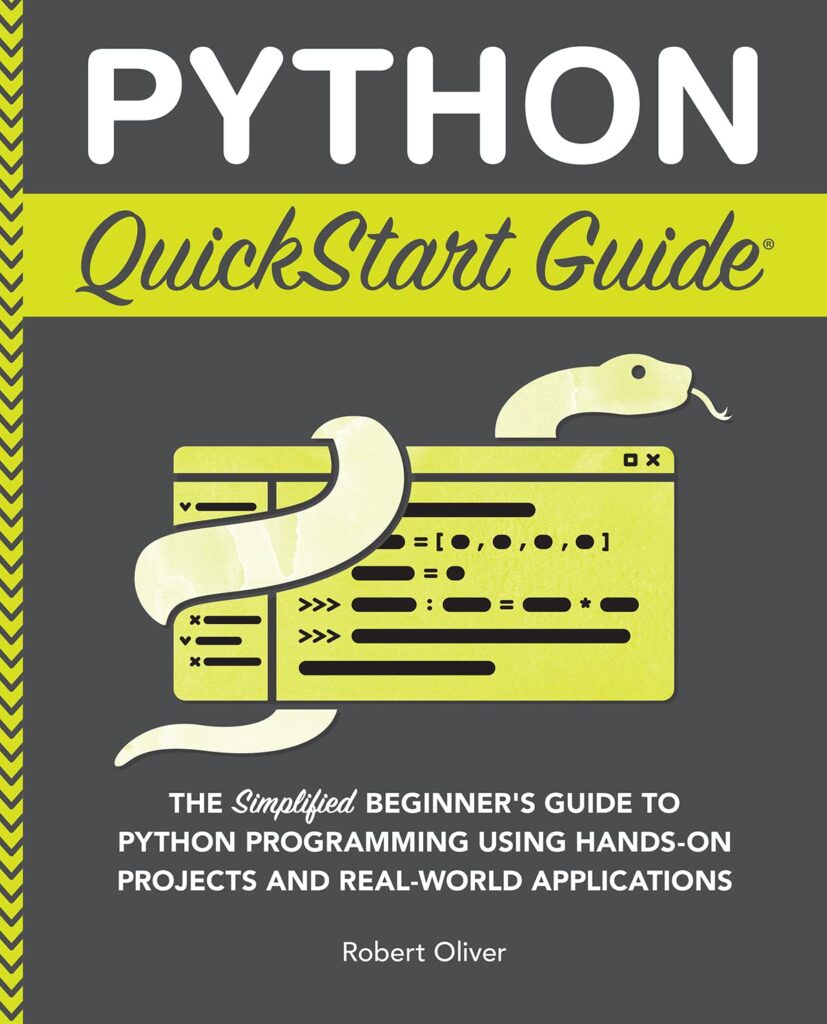
Effective configuration management is essential for developing scalable and maintainable Flask applications. Following best practices ensures that your application remains flexible and robust as it evolves. One key principle is to separate configuration from code. This separation encourages cleaner code and enhances security, as sensitive information (like API keys and database credentials) can be stored securely outside the application code itself.
For instance, you might use a dedicated configuration file or environment variables to manage these settings. In Flask, you can create a config file that holds different settings and load it into your app. Here’s how you might structure a simple configuration file:
# config.py
import os
class Config:
SECRET_KEY = os.environ.get('SECRET_KEY') or 'a_default_secret_key'
DEBUG = os.environ.get('DEBUG', 'False').lower() in ('true', '1', 't')
DATABASE_URI = os.environ.get('DATABASE_URI') or 'sqlite:///default.db'
By using environment variables, you can tailor the configuration to the environment in which the application is running—development, testing, or production. This allows for seamless transitions between environments without the need to modify the codebase.
Another best practice involves organizing configuration settings into distinct classes. Flask allows you to create multiple configuration classes, which can be particularly useful for handling different environments. For example, you could create separate configurations for development and production:
# config.py
class DevelopmentConfig(Config):
DEBUG = True
DATABASE_URI = 'sqlite:///dev.db'
class ProductionConfig(Config):
DEBUG = False
DATABASE_URI = os.environ.get('DATABASE_URI')
In your primary application file, you would then load the appropriate configuration based on the environment. This might look something like:
# app.py
from flask import Flask
import os
from config import DevelopmentConfig, ProductionConfig
app = Flask(__name__)
if os.environ.get('FLASK_ENV') == 'production':
app.config.from_object(ProductionConfig)
else:
app.config.from_object(DevelopmentConfig)
Additionally, it is important to document your configuration settings clearly. This documentation can take the form of comments within your code or an external README file that describes what each configuration option does. Clear documentation aids both current and future developers in understanding the application’s configuration.
Another practice to ponder is using a centralized location for all your configurations, which can be beneficial for larger projects. Consolidating configuration management not only simplifies access but also makes it easier to modify settings as the project grows.
Furthermore, be mindful of not hardcoding sensitive information directly into your configuration. Use libraries such as Python’s dotenv to load environment variables from a .env file, which can be ignored in version control. This provides a layer of security for sensitive data.
# .env SECRET_KEY=my_super_secret_key DATABASE_URI=mysql://user:password@localhost/db_name
Using the python-dotenv package, you can easily load these variables into your application:
# app.py
from dotenv import load_dotenv
# Load environment variables from .env file
load_dotenv()
app.config['SECRET_KEY'] = os.getenv('SECRET_KEY')
app.config['DATABASE_URI'] = os.getenv('DATABASE_URI')
Roblox Physical Gift Cards, Multipack of 3 x $15 [Includes Free Virtual Item] [Redeem Worldwide]
$45.00 (as of December 9, 2025 08:34 GMT +00:00 - More infoProduct prices and availability are accurate as of the date/time indicated and are subject to change. Any price and availability information displayed on [relevant Amazon Site(s), as applicable] at the time of purchase will apply to the purchase of this product.)Understanding Flask Configuration Objects
In Flask, configuration is managed through a configuration object, which is essentially a dictionary-like object that stores key-value pairs representing configuration settings for your application. The configuration object is a central place where you can define application-specific settings, making them easily accessible throughout your application code.
Flask’s configuration system is flexible and allows you to load configuration from multiple sources, such as Python files, environment variables, or even command-line arguments. The most common method is to use a configuration file, as seen in previous examples. However, understanding how to interact with these configuration objects very important for effective management.
The configuration object can be accessed through the app.config dictionary in your Flask application. Each configuration variable can be retrieved using standard dictionary syntax. For example, if you want to access the SECRET_KEY defined in your configuration, you can simply do the following:
secret_key = app.config['SECRET_KEY']
Additionally, Flask provides several built-in configuration options that can be useful. For instance, DEBUG is a boolean value that enables or disables debug mode. When debug mode is on, Flask provides detailed error messages and automatic reloading of the application when code changes are detected. You can set this option directly in your configuration file or dynamically based on the environment:
app.config['DEBUG'] = True
To better manage application settings, you can also use the from_envvar() method, which allows you to load configuration from a file specified by an environment variable. This can be particularly useful for deploying applications in different environments where the configuration file path may change:
app.config.from_envvar('YOURAPPLICATION_SETTINGS')
Another useful feature of Flask’s configuration management is the ability to use dot notation for nested configuration settings. For instance, you might want to organize your configuration into subcategories, such as database settings or API keys. You can achieve this by creating a nested configuration structure:
class Config:
DATABASE = {
'ENGINE': 'sqlite',
'NAME': 'default.db'
}
API_KEYS = {
'SERVICE_X': os.environ.get('SERVICE_X_KEY'),
'SERVICE_Y': os.environ.get('SERVICE_Y_KEY'),
}
In this case, you would access the database engine like this:
db_engine = app.config['DATABASE']['ENGINE']
Using nested configuration can help maintain clarity and organization, particularly in larger applications where configuration settings may become complex. Furthermore, Flask supports an update mechanism that allows you to update existing configuration variables easily. This can be done using the update() method, which merges a dictionary of new settings into the existing configuration:
app.config.update({'DEBUG': False, 'DATABASE_URI': 'postgres://user:pass@localhost/prod_db'})
Using Environment Variables for Dynamic Settings
Environment variables provide a powerful way to manage dynamic settings in Flask applications. By using environment variables, you can easily adapt your application configuration to different deployment scenarios without changing the code itself. This is particularly useful when deploying applications to cloud environments or when multiple developers work on the same project, ensuring that local configurations do not affect the shared codebase.
To use environment variables effectively, you typically define them in your operating system or within a configuration management tool. For Flask applications, you can access these variables using the os module. This allows you to set default values for your configuration settings while still giving the flexibility to override them with environment variables as needed.
For example, suppose you want to set your Flask application’s debug mode based on an environment variable. You could write the following code:
import os
DEBUG_MODE = os.environ.get('FLASK_DEBUG', 'False').lower() in ('true', '1', 't')
This snippet checks for the FLASK_DEBUG environment variable and defaults to False if it is not set. The use of lower() ensures that the check is case-insensitive, allowing for more flexible configuration by your team.
Moreover, another common practice is to use a .env file during local development. This file can store all the necessary environment variables in key-value pairs and can be loaded into your application using the python-dotenv package. For instance, your .env file may look like this:
FLASK_DEBUG=True DATABASE_URI=postgres://user:password@localhost/mydatabase
To load these variables into your Flask application, you would include the following code in your app.py:
from dotenv import load_dotenv
load_dotenv() # Load environment variables from .env file
app.config['DEBUG'] = os.getenv('FLASK_DEBUG') == 'True'
app.config['DATABASE_URI'] = os.getenv('DATABASE_URI')
This approach keeps sensitive information separate from your codebase and allows you to manage different configurations for various environments easily. By using environment variables, you can ensure that your application behaves correctly regardless of where it is deployed.
Another consideration when using environment variables is that they can help in avoiding accidental exposure of sensitive information. For example, when deploying your application, you might want to ensure that your database credentials are not hardcoded into the code but instead are injected through environment variables. This practice not only enhances security but also simplifies the process of rotating credentials without needing to modify the code.
In addition to security, environment variables can also streamline the configuration process for continuous integration and deployment (CI/CD) pipelines. Most CI/CD tools allow you to set environment variables directly in their configuration, making it easy to manage settings that differ between development and production environments. For instance, a CI/CD pipeline might set the FLASK_ENV variable to ‘production’ during deployment, influencing how your application loads its configuration.
Implementing Configuration for Different Environments
# app.py
from flask import Flask
import os
from config import DevelopmentConfig, ProductionConfig
from dotenv import load_dotenv
# Load environment variables from .env file
load_dotenv()
app = Flask(__name__)
if os.environ.get('FLASK_ENV') == 'production':
app.config.from_object(ProductionConfig)
else:
app.config.from_object(DevelopmentConfig)
app.config['SECRET_KEY'] = os.getenv('SECRET_KEY')
app.config['DATABASE_URI'] = os.getenv('DATABASE_URI')
When implementing configurations for different environments, it becomes essential to ensure that the settings align with the expected behavior of your application in those environments. For example, in a development environment, you might want to enable debugging features, while in production, these features should be disabled to avoid exposing sensitive information.
Creating separate configuration classes for each environment allows you to encapsulate the settings specific to that environment. This approach not only provides clarity but also reduces the risk of deploying erroneous configurations that could lead to security vulnerabilities or application failures.
You can further enhance this strategy by using environment variables to dictate which configuration should be loaded. For example, you can set an environment variable like FLASK_ENV to determine the running environment. This allows for a simpler switch between development and production settings based on the environment variable’s value.
Here’s how you can implement this in your configuration file:
# config.py
import os
class Config:
SECRET_KEY = os.environ.get('SECRET_KEY') or 'default_secret_key'
DATABASE_URI = os.environ.get('DATABASE_URI') or 'sqlite:///default.db'
class DevelopmentConfig(Config):
DEBUG = True
class ProductionConfig(Config):
DEBUG = False
In the above example, the Config class serves as a base, while DevelopmentConfig and ProductionConfig extend it to modify specific settings. This design provides a clear separation of concerns, which will allow you to manage environment-specific settings effectively.
Additionally, using a configuration management tool can further streamline this process. Tools like docker-compose can define environment variables directly in your container definitions, making it easier to manage configurations across different deployment scenarios. For instance, using docker-compose.yml, you can specify environment variables that would be injected into your application at runtime.
version: '3'
services:
app:
image: my_flask_app
environment:
- FLASK_ENV=production
- SECRET_KEY=my_secure_production_key
- DATABASE_URI=mysql://user:password@prod_db
This setup ensures that your application uses the right settings for its current environment without requiring changes to the code itself. In a similar vein, ensuring that sensitive information is handled appropriately remains paramount. Rather than hardcoding secrets, it’s best to use environment variables or secure vault services that can provide configuration securely.
Lastly, as your application grows, ponder implementing a structured configuration management approach, such as using configuration schemas or validation libraries. This can help ensure that the configurations being loaded are valid and conform to expected formats, reducing the likelihood of runtime errors due to misconfigurations.







